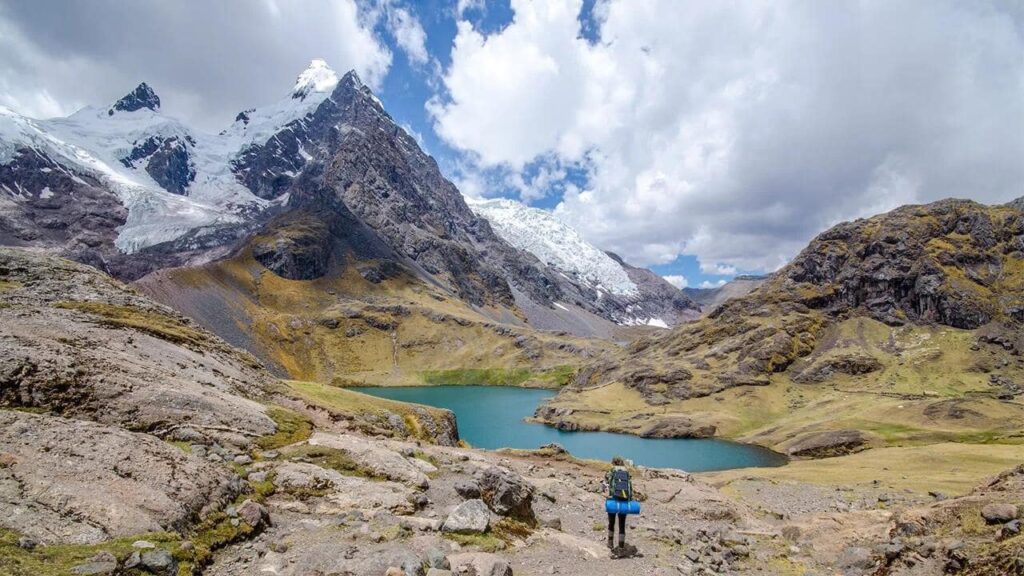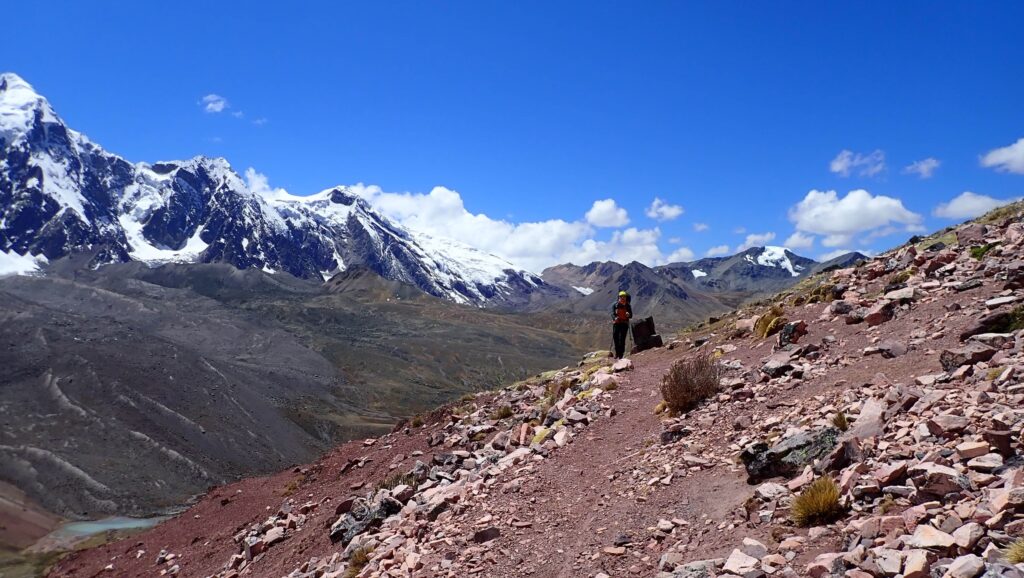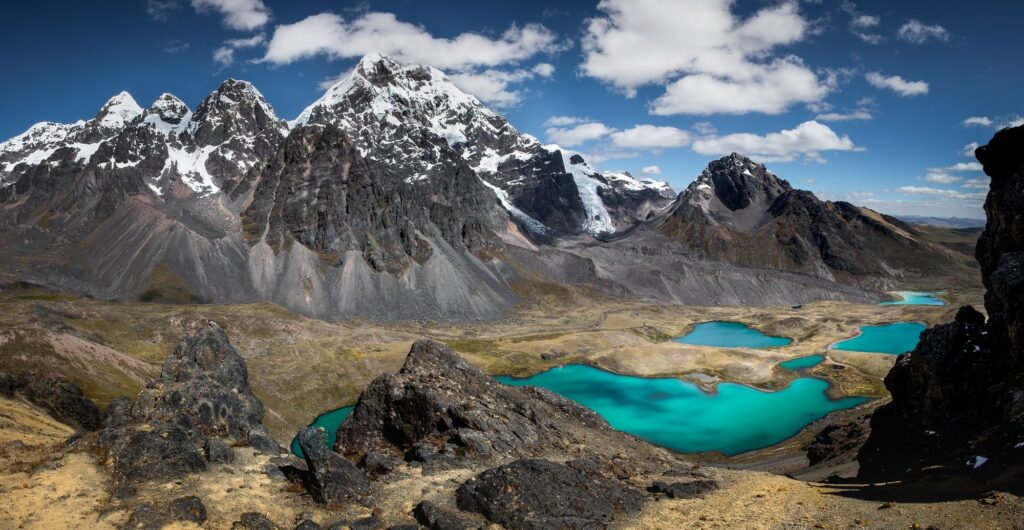AUSANGATE MOUNTAIN



The imposing Ausangate, which rises among the Apus or mountains of the Andes, is admired not only for its extraordinary beauty, but also for the meaning it has for the Andean cosmovision, as it is considered a sacred mountain.
For the Andean cosmovision, each mountain has its own spirit, its own name and its own energy. They were called ‘Apus’ by the Incas, because, for them, they were the representation of the gods of the past. This is why nowadays each region has its own ‘Apu’ or ‘Protector Mountain’. In this case the Ausangate is the tutelary Apu of the Cusco region, due to the magic and energy that it contains.
Ausangate Mountain:The Andes is the longest mountain range in the world and runs through South American countries such as Colombia, part of Venezuela, Ecuador, Bolivia, Peru, Chile and Argentina; when it ends its long journey along the Pacific Ocean, it sinks into the waters of the South Atlantic. In Peru, it is found in a stretch called the Vilcanota mountain range, the second highest concentration of snow in Peru, along 120 km through the departments of Cusco and Puno. Along this mountain range there are 469 mountains, the highest being Ausangate, which is also the fifth highest mountain in Peru at 6384 m altitude.
LOCATION OF AUSANGATE:
The Ausangate is located in the heart of the Andean Cordillera, which was formed due to subduction movements of the Nazca plate under the South American plate, towards the end of the Late Cretaceous or Upper Cretaceous, which ended 66 million years ago. Ausangate is located in the district of Ocongate, province of Quispicanchis, 120 kilometres southeast of the city of Cusco.
AUSANGATE DEGLACIATION:
Unfortunately, like many others, Ausangate has been suffering a slow agony due to the retreat of its glaciers as a result of global warming. While in the Cordillera Blanca there has been a 30% retreat in 30 years, in the Cordillera Vilcanota it has retreated by 50% in the same period of time, due to the fact that the temperature in the Cusco region has increased by 1.6°C since 1965.





